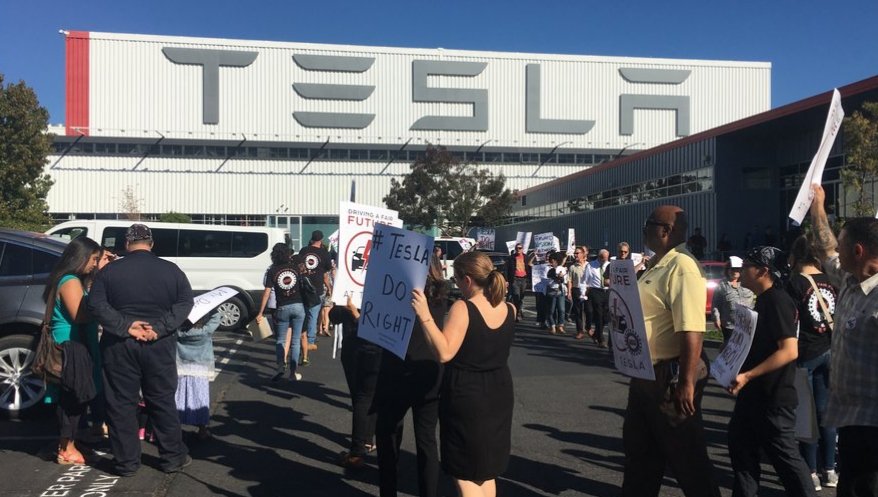Elon Musk’s recent decision to lay off the entire Tesla Supercharger team, following a refusal by the division chief to implement further layoffs, has sparked significant concern and debate. This drastic move came amid broader efforts by Tesla to cut costs and streamline operations in response to various market pressures and internal challenges.

Background and ContextTesla’s Supercharger network has been one of the company’s standout successes, providing a reliable and extensive charging infrastructure crucial for the adoption of electric vehicles (EVs). The network’s importance has grown as Tesla opened it to non-Tesla vehicles, including those from Ford and General Motors, making it a key component of the broader EV ecosystem [❞] [❞].

The Decision to Axe the Supercharger TeamAccording to reports, the decision to lay off the entire Supercharger team, which consisted of approximately 500 employees, was made after the division’s chief defied Musk’s directive to reduce headcount further. The layoffs included senior executives and the entire operational staff, putting the future management and expansion of the Supercharger network in jeopardy [❞] [❞].
The Decision to Axe the Supercharger TeamAccording to reports, the decision to lay off the entire Supercharger team, which consisted of approximately 500 employees, was made after the division’s chief defied Musk’s directive to reduce headcount further. The layoffs included senior executives and the entire operational staff, putting the future management and expansion of the Supercharger network in jeopardy [❞] [❞].Elon Musk communicated through an internal email that the company needed to be “hardcore” about reducing headcount and controlling costs. This move was part of a larger strategy to address financial pressures, including a reported 8.5% drop in vehicle deliveries in the first quarter of the year and growing competition from other EV manufacturers, particularly from China [❞].
Implications for Tesla and the EV MarketThe sudden removal of the Supercharger team raises critical questions about the future of Tesla’s charging infrastructure. While Musk has assured stakeholders that the network will continue to expand, the pace of this expansion is expected to slow. Instead, there will be a heightened focus on maintaining 100% uptime and enhancing existing locations rather than opening new ones [❞].This decision could impact Tesla’s competitive edge, particularly as the Supercharger network has been a significant selling point for Tesla vehicles. The layoffs also come at a time when Tesla is grappling with broader economic and market challenges, including a significant workforce reduction across various departments and increasing competition in the EV space [❞].
Reactions and Future OutlookThe layoffs have drawn mixed reactions from industry analysts and Tesla enthusiasts. On one hand, there is concern about the potential disruption to the Supercharger network’s growth and reliability. On the other hand, some see it as a necessary measure for Tesla to remain financially viable and competitive.Former employees have expressed a mix of disappointment and understanding. Many have taken to social media to share their experiences and express gratitude for their time at Tesla, despite the abrupt end to their roles. These layoffs are part of a broader trend at Tesla, where Musk’s cost-cutting measures have frequently led to significant workforce reductions [❞].
Strategic ConsiderationsMusk’s decision to cut the Supercharger team, while drastic, is seen as a part of his broader strategy to ensure Tesla’s long-term sustainability. By focusing on cost reduction and efficiency, Musk aims to navigate the company through a challenging market landscape. However, this approach carries risks, particularly if it undermines the operational capabilities and growth potential of key business areas like the Supercharger network.Looking forward, Tesla will need to balance its cost-cutting initiatives with the need to maintain and expand critical infrastructure. The success of this balancing act will be crucial in determining Tesla’s competitive position in the rapidly evolving EV market.
In summary, Elon Musk’s decision to lay off the entire Supercharger team following internal disagreements over further layoffs underscores the high-stakes environment at Tesla. While intended to streamline operations and reduce costs, this move raises significant questions about the future management and expansion of Tesla’s vital charging network and its implications for the broader EV market [❞] [❞].
